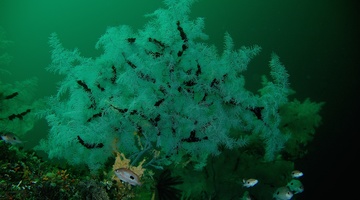In this video, Dr Candida Savage, from the University of Otago, talks about how New Zealand’s pristine habitats are like ‘natural laboratories’. This is because they offer good opportunities to study naturally functioning systems and to learn more about what different habitats may have been like before human impact.
Transcript
DR CANDIDA SAVAGE
One of the interesting things about working in New Zealand is that we have got some systems that are very pristine systems to work in, so they are natural laboratories for us to understand how an estuary works under a natural setting. So many systems around the world are already altered by human land use changes and by practices that have been going on for decades, or centuries really. And so New Zealand offers us a nice opportunity to understand naturally functioning systems, and so it gives us valuable information that we can use on an international level to try and see what those systems were like before they were changed by human activities. The interesting aspect of New Zealand’s marine environment is that it is quite diverse, so you’ve got a whole range of different types of habitat that you can study within a close area. So we have got these beautiful areas around Otago and Southland, these estuaries – both pristine and the more impacted areas that we can work on – we’ve got the fiords, and you’ve got the offshore coastal areas and the continental shelf, so there’s a whole range of different types of environments that one can study.




